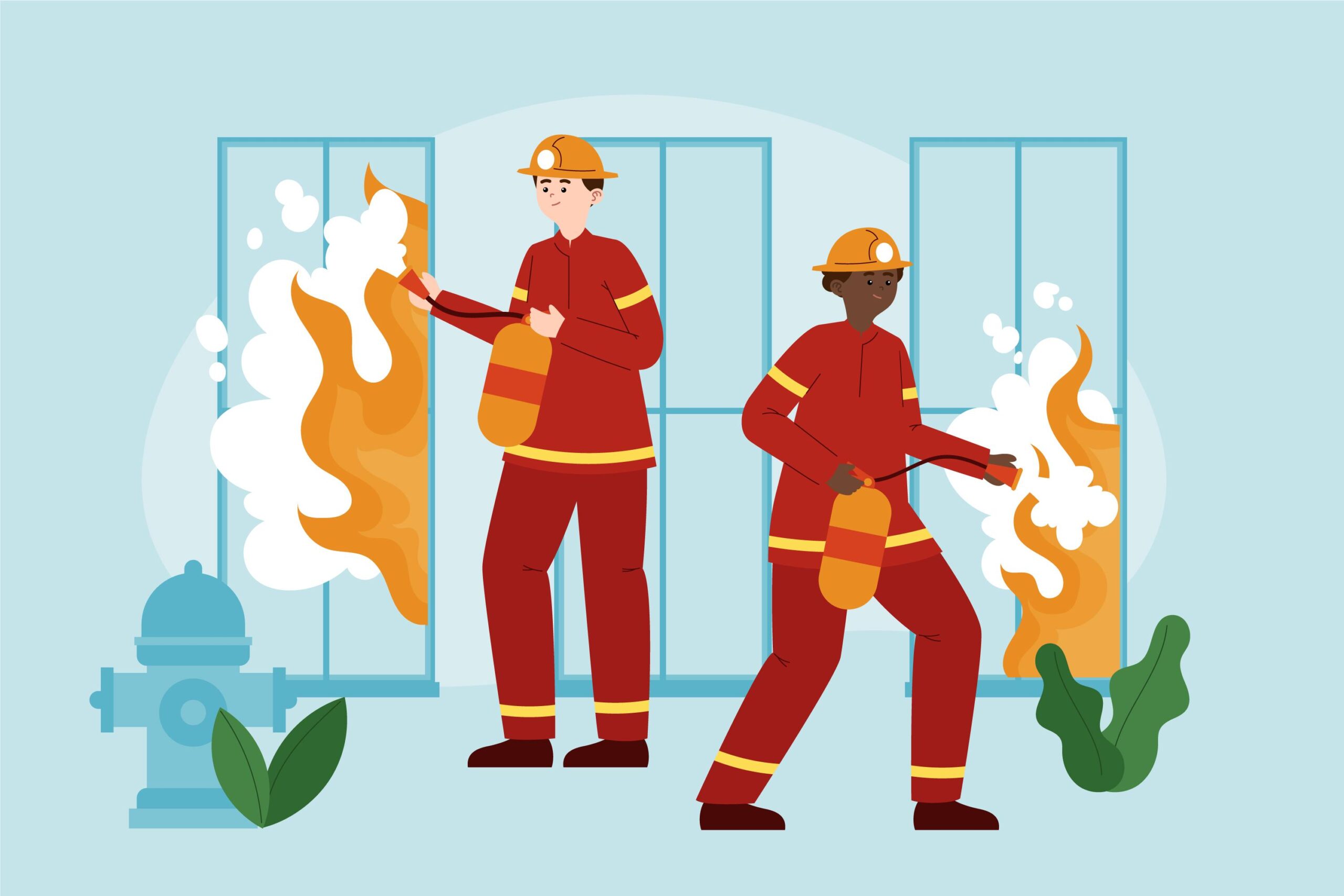
What is a Fire Risk Safety Assessment?
A Fire Risk Safety Assessment is a comprehensive evaluation designed to identify and mitigate potential fire hazards. It involves analyzing the risk factors and implementing safety measures to protect lives and property. This assessment is crucial for businesses and residential properties to ensure they are prepared for any fire emergencies.
Why Fire Risk Safety Assessments Matter
Fire Risk Safety Assessments are essential for several reasons. Firstly, they help in identifying hazards that might not be immediately obvious. Secondly, they assist in developing strategies to minimize these risks. Thirdly, they ensure compliance with fire safety regulations, which is vital for avoiding legal issues and penalties.
Key Components of a Fire Risk Safety Assessment
A thorough fire risk assessment includes several critical components:
- Identifying Fire Hazards: This involves recognizing potential sources of ignition and combustible materials.
- Evaluating Risks: Assessing how likely it is for a fire to start and spread.
- Implementing Control Measures: Developing strategies to reduce or eliminate identified risks.
- Reviewing Procedures: Ensuring that emergency procedures and evacuation plans are effective and up-to-date.
Steps to Conduct a Fire Risk Safety Assessment
- Plan the Assessment: Define the scope and objectives. Gather necessary information about the property and its use.
- Identify Hazards: Inspect the premises for any fire risks, such as faulty wiring or flammable materials.
- Evaluate Risks: Determine the likelihood of a fire occurring and the potential impact on people and property.
- Implement Measures: Develop and apply fire safety measures to address the identified risks.
- Review and Revise: Regularly update the assessment to reflect any changes in the property or its use.
Benefits of Regular Fire Risk Safety Assessments
Conducting regular fire risk assessments offers numerous benefits:
- Enhanced Safety: Protects occupants and reduces the risk of injury or loss of life.
- Compliance: Ensures adherence to fire safety laws and regulations.
- Insurance Advantages: May lead to lower insurance premiums due to improved safety measures.
- Peace of Mind: Provides confidence that all possible precautions are in place.
Challenges in Fire Risk Safety Assessments
While crucial, fire risk safety assessments come with their challenges:
- Complexity: Assessments can be detailed and complex, requiring expertise.
- Cost: Initial costs for assessment and subsequent improvements can be significant.
- Implementation: Ensuring that recommended measures are effectively implemented can be difficult.
How to Choose a Professional for Fire Risk Safety Assessment
Selecting the right professional is key to an effective fire risk assessment. Look for qualifications, experience, and a proven track record. Ensure they understand your specific needs and can provide tailored solutions.
Conclusion
In summary, a Fire Risk Safety Assessment is an essential tool for managing fire hazards and ensuring safety. Regular assessments, proper implementation of control measures, and ongoing reviews are crucial for maintaining a safe environment. By addressing potential risks and adhering to safety regulations, you can protect both people and property from the devastating effects of fire.